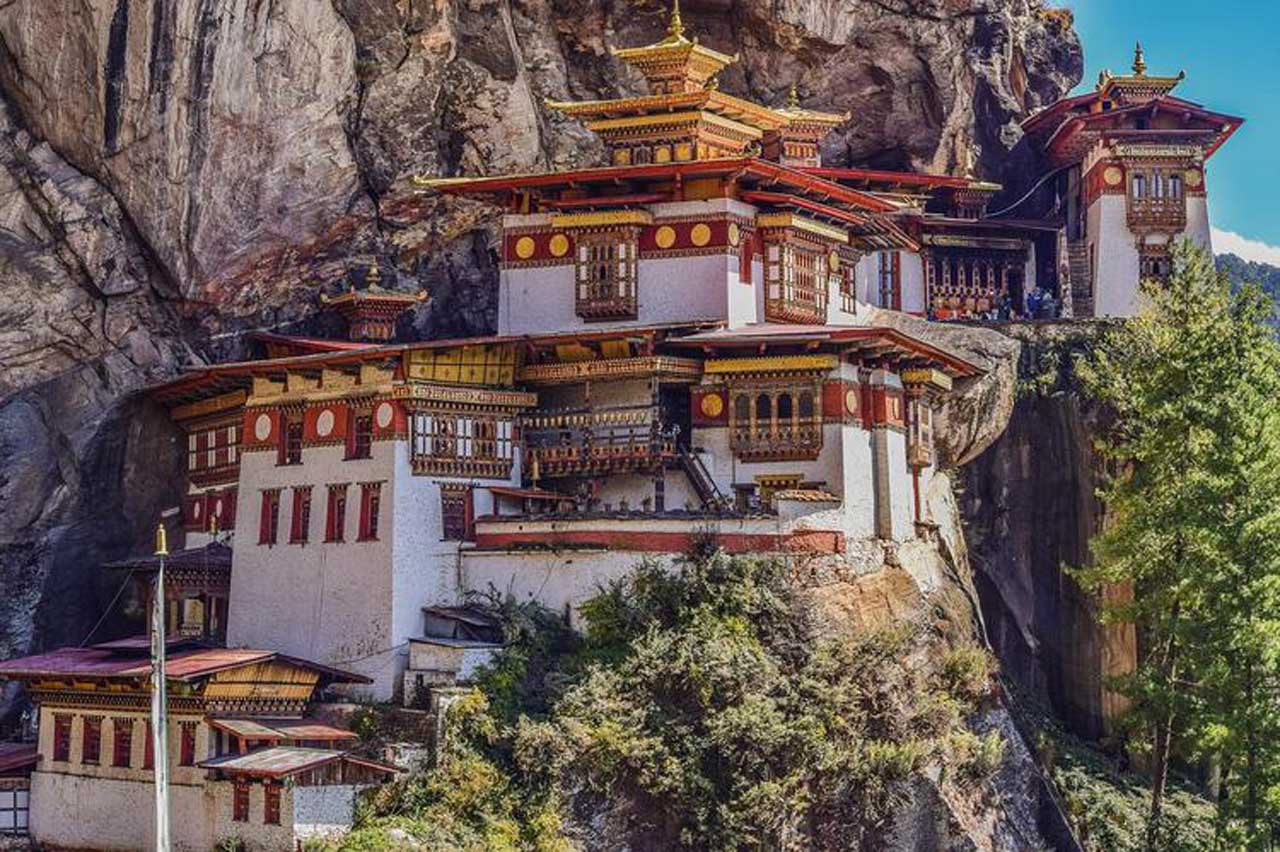New prohibitive tourism fees have been introduced in Bhutan for tourists wishing to climb the Himalayas. Now the pleasure will cost travelers at least twice as much.
Bhutan has an enviable reputation as the “premium version of the Himalayas”. Magnificent mountains, deeply traditional Buddhist culture, purest air – all this could be obtained for a standard daily fee, which forms the basis of the Bhutanese tourism model.
Until recently, this was a price that discerning tourists were happy to pay. For a daily flat rate of $200-$250 per person before the pandemic, visitors were given access to one of the most unspoiled corners of the Himalayas, an immaculate Buddhist kingdom believed to be the closest to Shangri-La on Earth.
And now Bhutan is radically changing its tourism model – instead of paying $ 200-250 per day for an all-inclusive package, tourists will now be charged a daily “sustainability fee” of $ 200 with additional costs for food, accommodation, transport, and everything else that used to be part of the package.
Visitors will no longer need to join an organized tour, but trips to Bhutan have just gotten a lot more expensive.
How did the old daily fee structure work in Bhutan?
In the pre-pandemic world, visitors to Bhutan paid $250 per person per day to stay in the country. You could pay less but in the low season. From December to February and from June to August, the daily fee dropped to $200 – when the weather was too cold or too cloudy outside.
A daily fee of $250 e., set by the Bhutan Tourism Board, was a fixed minimum fee for a full all-inclusive package, including accommodation, meals, transportation, visits to monasteries, shrines, and museums, as well as the services of an experienced guide. In the world of tourism, all-inclusive in Bhutanese was super profitable.
By paying this fixed amount, visitors were free to plan they’re itinerary with a Bhutanese travel agency, bringing together legendary sites such as the medieval dzongs (fortified monasteries) at Paro, Thimphu, and Punakha and the Tiger’s Nest Monastery at Taktshang, which can be reached in half a day by car. the trail north of Paro.
A typical trip included visits to monasteries, hiking, admiring mountain scenery, archery tournaments, wildlife watching, a daily serving of ema date (chili stew with cheese), and other Bhutanese delicacies, usually served with other dried chili peppers, for garnish.
The daily fee model was based on a $65 per day sustainability fee that went directly to the government of Bhutan to fund projects ranging from public education to conservation, carbon-neutral infrastructure, and organic farming. These measures contributed to Bhutan becoming the first carbon-negative country on earth in 2017, actually absorbing more carbon dioxide than it produces.
This model has paid dividends to the Bhutanese treasury. In 2019, the last year before the pandemic, Bhutan hosted 315,599 high-value tourists, contributing $345.88 million to the national coffers.
Bhutan has managed to keep 71% of its territory under forest cover, compared to just 25% in Nepal and 11% in Bangladesh, and about 95% of Bhutan’s electricity is produced using hydropower.
Almost 100% of the population has access to electricity and clean water.
When Bhutan reopens to quarantine-free tourism on September 23, 2022, the sustainability fee will increase from $65 to $200 per day for most visitors, resulting in even more revenue for Bhutan’s development projects.
The government has already confirmed that the increased development fees will be used to offset the carbon footprint of tourism, improve carbon-neutral infrastructure and improve the skills of workers in Bhutan’s tourism sector, supporting Bhutan’s recovery from the Covid-19 pandemic.
There is, perhaps, one “but”. 73% of visitors to Bhutan are tourists from neighboring India, Bangladesh, and the Maldives, and they have been exempted from both sustainability fees and the need to participate in organized tours. And the common land border only contributed to this.
Tourism fees are the future of travel: Thailand introduced a $9 tourist tax in 2022, Venice is ready to charge a €10 entrance fee from 2023, and there are already many tourist taxes and fees in place across the EU.
The new model could also help close the small but tangible gap between locals and tourists who are accompanied on organized tours.

